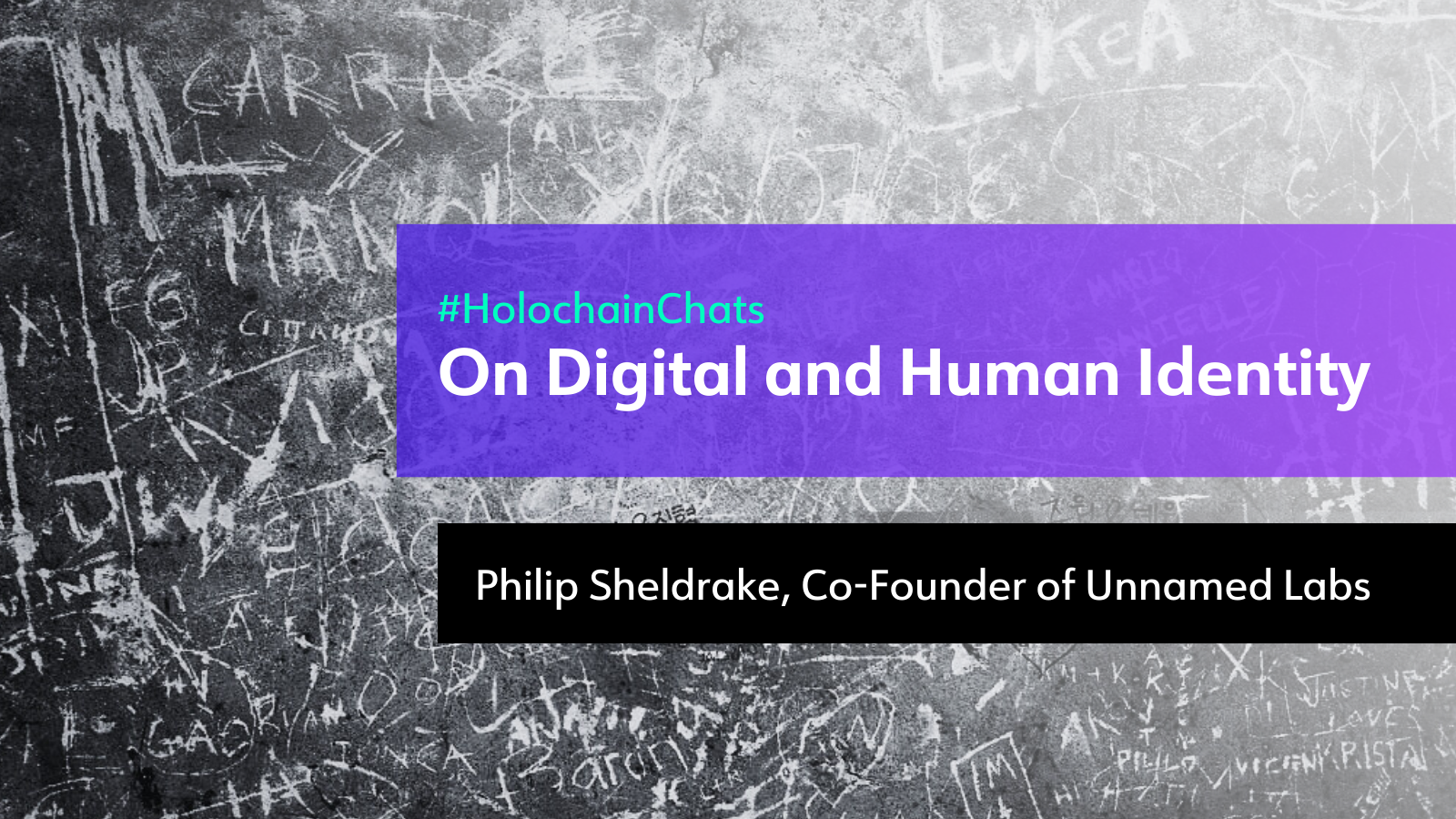As digital transformation accelerates across industries, technology thought leader Philip Sheldrake brings an urgent yet nuanced perspective on constructing digital identity systems centered on human needs.
With a perspective spanning engineering, computer science, and involvement in decentralized projects, Sheldrake understands the intricacies of designing digital ecosystems.
However, through his interdisciplinary lens, he sees profound gaps in how identity gets formulated in computational realms versus lived human experience.
In the same way that the internet has brought a series of helpful technological advancements, it’s also brought unintended consequences.
For Sheldrake, identity may be the premier challenge to align digital progress with human flourishing rather than harm.
By drawing out insights from his expertise in bridging social and computer sciences, this article explores the past, present, and most hopeful future pathways for digital identity.
Understanding and Describing Identity
Even defining digital identity proves slippery, as technologist Philip Sheldrake explains:
“It’s so difficult to actually even describe the space we're about to talk about. It's astonishing how few words have real meaning in this space.”
Identity intersects technology, business, government, philosophy, culture, and our personal lives. Thus, no singular perspective captures its complexity.
Sheldrake notes, “There are just a few throwaway phrases that just mislead people because they're so ubiquitous, they hardly mean anything anymore.”
Concepts like innovation, transformation, and disruption get used to the point of losing meaning. Making progress requires bridging disconnected outlooks. For example, social scientists and computer programmers use distinctive language and assumptions, often talking past each other. Successful digital systems blend these varied perspectives and provide enough interdisciplinary expertise to clarify complexity.
Sheldrake brings decades of experience working across domains, from helping launch open source browser Firefox to involvement with Ethereum and decentralized technology projects. He sees identity as the crux where technology and humanity meet — for better or worse:
“I am obsessed with the potential for digital technologies to lend a hand in human flourishing. Except that, so far, the experiment of the digital has thrown up as many negative externalities… as positive. Little things, you know, like undermining democracy.”
The alluring promise of technology remains unfulfilled until we construct frameworks elevating both computer science innovations and social scientific understandings of identity.
Technology Changes Identity Dynamics Over Time
While databases and algorithms remain constant, the societal outcomes and experiences with digital systems transform remarkably across months and years. Sheldrake explains how innovations go through a “series of phases” regarding consequences as usage patterns and cultural incorporation structurally mature.
In the early days of social media, few guard rails for behavior existed, enabling exploratory identity play. Yet, as digital engagement became mobile and pervasive, external constraints tightened. Structures accreted, along with probabilities of harm.
Sheldrake gives the example of shifting sentiment around decentralized technology projects like blockchain. Initial optimism about democratization gave way to backlash concerning crypto’s environmental impacts. This reveals less about the fundamentals of blockchain itself changing and more about the emergence of unintended externalities at scale.
Contrasting Views on Identity
There are fundamentally different perspectives on identity in computer science and social science. Sheldrake points out, “In computer science...nothing is addressable in internetworking until it has an entity and identifier.”
Rigid constructs like legal identities and cryptographic claims of personhood dominate programming approaches.
Meanwhile, in sociology and psychology, “identity is a sense-making capacity...a process, it’s a verb.” Human identity lives between people and contexts, ever-negotiated through information exchange. Instead of static entities, constantly co-created meaning flows.
Sheldrake argues the clash stems from differing historical customers driving innovation, noting “the first customers of IT were large corporations and governments...IT served the bureaucracy, it was the definition of bureaucracy.”
Thus, digitization elevated standardized legal identities for taxation and service provision — not the nuanced, fluid identities enlivening human relationships outside institutional walls. Much gets lost in translation.
The Path Forward Requires New Perspectives
Progress on digital identity relies on transcending entrenched disciplinary silos to enable genuine dialogue and collective innovation. While compromising on decentralized principles proves difficult, rigidly decentralized systems similarly risk harm without weighing human needs.
Sheldrake argues identity resides in “getting social science and computer science and the humanities, kind of riffing off each other's best strengths, rather than allowing computer science to riff off its worst weaknesses.” No single expertise holds the answers alone.
He continues: “One of my mentors mentioned to me, the beginning of the 90s, the 20th century was all about disciplinary excellence, the 21st century will all be about the interdisciplinary or even the transdisciplinary, trying to fill in the gaps between the disciplinary knowledge.”
To sufficiently fill those gaps, technologies like Holochain aim to bring individual sovereignty and collective capacity. While there isn’t a perfect formula for identity, the next wave of innovators can learn from how it’s translated digitally.



